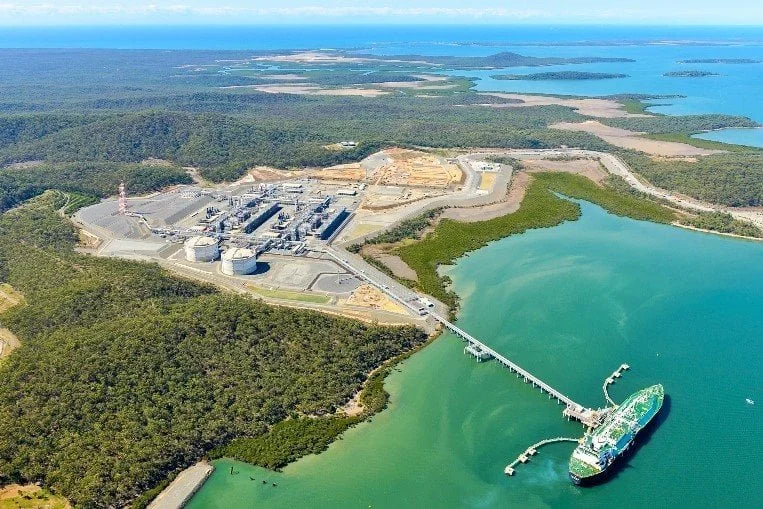Delay analysis under scrutiny: Santos v Fluor [2025] QSC 184
The Supreme Court of Queensland has delivered one of the most substantial recent judgments on delay analysis and expert evidence in major infrastructure disputes.
Justice Freeburn’s decision sheds light on how courts expect programming evidence to be presented and assessed — and what still matters most when proving causation of delay.
A question of method, not mathematics
The Court considered extensive expert evidence on competing methods of delay analysis.
One approach used a structured analysis drawn from recognised industry practice; the other adopted a more theoretical “but-for” causation exercise.
The defendant argued that, without a “but-for” comparison, the claimant could not prove causation. The Court disagreed. It accepted that in complex, interdependent projects a strict “but-for” model may be impossible to apply, and that delay can still be proven through a reasoned analysis supported by contemporaneous project data.
Protocols guide, not govern
A key issue was whether the Society of Construction Law’s Delay and Disruption Protocol (SCL Protocol) had been applied correctly.
The referees had favoured the analysis that most closely followed the Protocol, and the defendant said this was an error because the Protocol is not binding.
Justice Freeburn agreed that the Protocol does not form part of any contract and must be applied with common sense, but he also noted that it represents an accepted professional standard.
Compliance with its principles may assist a tribunal or court in assessing reliability, yet it cannot replace factual reasoning or evidence of what actually occurred on site.
What the Court reaffirmed about delay evidence
The judgment quoted Keating on Construction Contracts in recognising the established role of programming experts: delay analysis helps courts understand the sequence and interrelation of project activities and the likely causes of critical delay.
Such evidence is admissible and necessary in large projects, provided it remains transparent, data-driven and grounded in factual material.
Causation and credibility
The referees found that breaches of contract had caused critical delay at key project hubs, and the Court declined to disturb those findings.
Justice Freeburn found no misapprehension of evidence or unreasonableness in the referees’ reasoning.
Causation was held to have been adequately proved through a combination of factual and analytical evidence.
Five key takeaways
Methodology matters – Experts must clearly explain their approach and why it fits the available records.
“But-for” is not compulsory – It is one tool among many; what counts is a coherent, evidence-based explanation of delay.
Protocols are benchmarks – The SCL Protocol is influential but not determinative.
Facts rule – Delay models must align with contemporaneous records and witness evidence.
Courts respect reasoned findings – Where referees or tribunals prefer one structured analysis over another, appellate courts will rarely interfere.
Why it matters
Santos v Fluor confirms that delay analysis is not an abstract exercise in software or spreadsheets.
It is a forensic exercise rooted in evidence, requiring professional judgment, clear reasoning and alignment with the real-world sequence of events.
For lawyers and experts alike, the decision underscores that credibility lies not in the model chosen but in the discipline, clarity and factual rigour of the analysis.
At Accura Consulting, our team of experts work with clients to create a tailored solution to problems. If you have an issue and want expert support, get in touch.
Back to News and Insights




